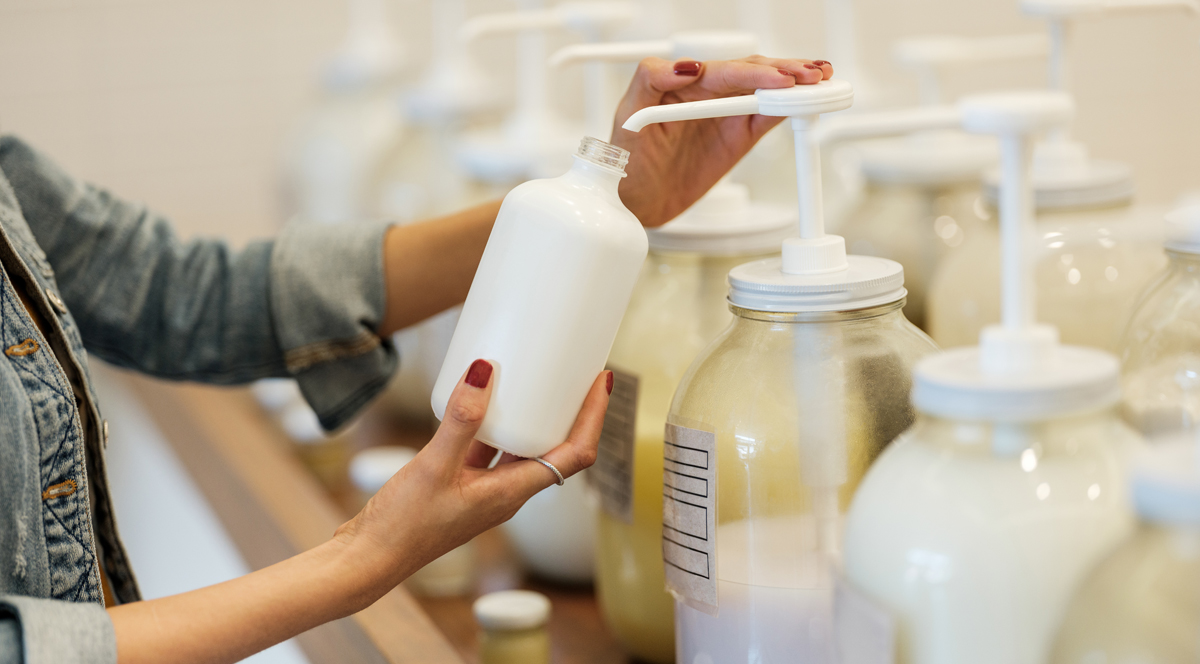
What are the effects of climate change in Scotland?
The visible effects of climate change can vary greatly from continent to continent.
In some areas the impact of these changes are more extreme - think shrinking glaciers and melting ice - while in others it’s hotter and drier summers or wetter winters.
Global warming doesn’t just mean heatwaves. Disruption to the climate creates more extremes of weather and has the potential to impact lives across the planet. Even right here in Scotland.
What causes climate change?
Most of us are aware of the obvious culprits. The burning of fossil fuels and emissions from gas-guzzling cars, but what might not initially spring to mind is our massively increased consumption of resources, materials and products.
The way in which we make, transport and distribute things, and then dispose of them (be it by landfill or recycling) creates carbon emissions. These emissions are destroying our planet and, if we carry on at the rate we’re going, it’s set to get worse. Much worse.
Four-fifths of the carbon footprint generated by Scotland comes from the products and materials we use - from the energy needed to grow or production processes, to the transportation of products. All this is contributing to a potentially dangerous rate of climate change.
The Intergovernmental Panel on Climate Change (IPCC) - the United Nations body for assessing the science related to climate change - estimates that a rise in temperatures of just 1.5 degrees celsius (the target of the Paris Agreement) could put 20-30% of the world’s species at risk of extinction.
A rise of more than 2 degrees would cause most ecosystems to struggle and create losses that would leave our planet beyond repair.
Roughly three planets would be required if everyone lived the way people live in Scotland. And we only have one. #HowToWasteLess

How does this relate to Scotland?
Scotland has a reputation as being a bit ‘dreich’, so a warmer climate would be good, right? Not so fast.
A warmer climate could mean better-growing conditions for crops and forestry activities but it also has the potential to spread pests and diseases which could negatively impact people, plants, wildlife and ecosystems. Some Scottish species could become extinct while non-native, invasive species flourish.
Our abundance and quality of water could be at risk as the climate warms and rainfall patterns change, leading to more frequent summer droughts.
On the flip side, wet will get wetter (well, we did say extremes of weather), with heavy downpours causing an increased risk of flooding. Putting communities, businesses and even our Scottish heritage at risk. Not just from flooding but from coastal erosion, sea levels rising and climate conditions that could damage historic sites that have managed to survive for thousands of years.
A changing climate is already impacting our coasts and seas. Although there is considerable regional variation, sea level is rising around Scotland and is expected to accelerate due to thermal expansion and as land-based ice sheets and glaciers melt. Most of our major cities are at or near the coast; even for the lowest emission scenario Edinburgh is projected to experience a sea-level rise between 0.08m and 0.49m by 2100. Rising temperatures, changing pH and oxygen levels are impacting our marine environment potentially threatening fisheries and aquaculture, a major export market for Scotland, and the coastal communities that rely on them.
Extreme climatic events could have an impact on the supply and cost of food and threaten supply chains. The quality of our soil and vegetation, as well as the way we use the land, could be affected by changes to temperatures and rainfall levels. Transport and energy networks could be disrupted limiting access to services and impacting on our health and wellbeing.
Scotland was one of the first nations to declare a climate emergency back in 2019 and has ambitions to meet the net-zero target by 2045. #HowToWasteLess

Is there anything we can do?
Before you start queuing up for the next space shuttle off this rock, there are things we can do to help lessen the impact of the climate crisis.
Governments are taking notice. In 2016, 182 countries signed the Paris Agreement, setting out a commitment to limiting the global temperature rise to well below 2 degrees celsius with an aim of 1.5 degrees celsius through a move to achieve net-zero by 2050.
Scotland was one of the first nations to declare a climate emergency back in 2019 and has an even tighter net-zero ambition to meet the target by 2045.
As a country we have vast renewable resources like wind and wave power and the capacity to plant many more trees to absorb carbon.
As individuals we have power too. The power to choose more sustainable options within our lives and to reduce our consumption of products, to reuse what we already have and recycle to prevent the impact of materials creating more carbon emissions.
Traditionally, we’ve followed a linear economy of ‘take, make and throw away never to be thought of again’ and single-use, disposable items have become ingrained into our everyday lives.
We need to make the switch to a more circular economy to make better use of our limited resources and help eliminate waste and the harmful emissions it creates.
